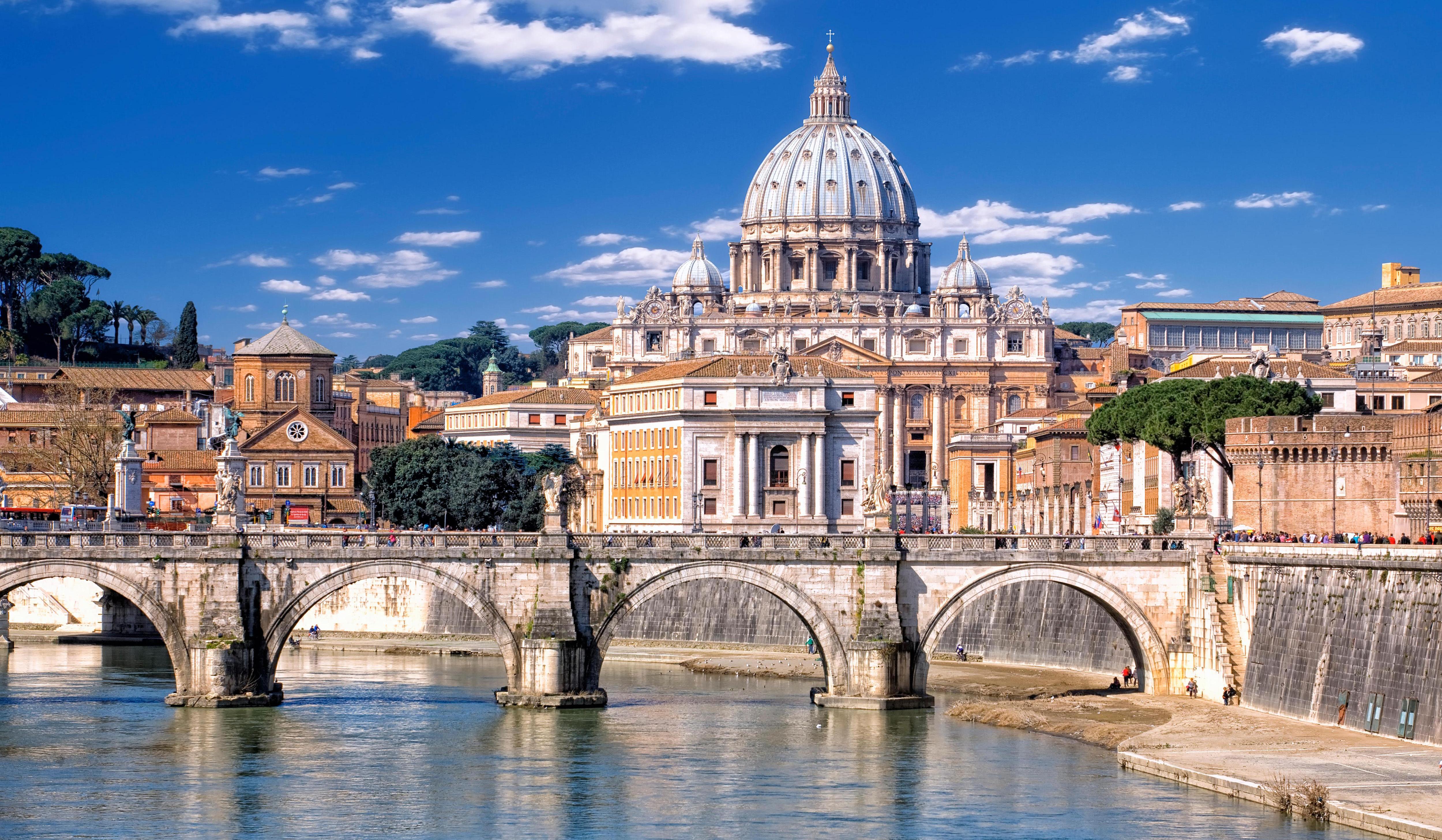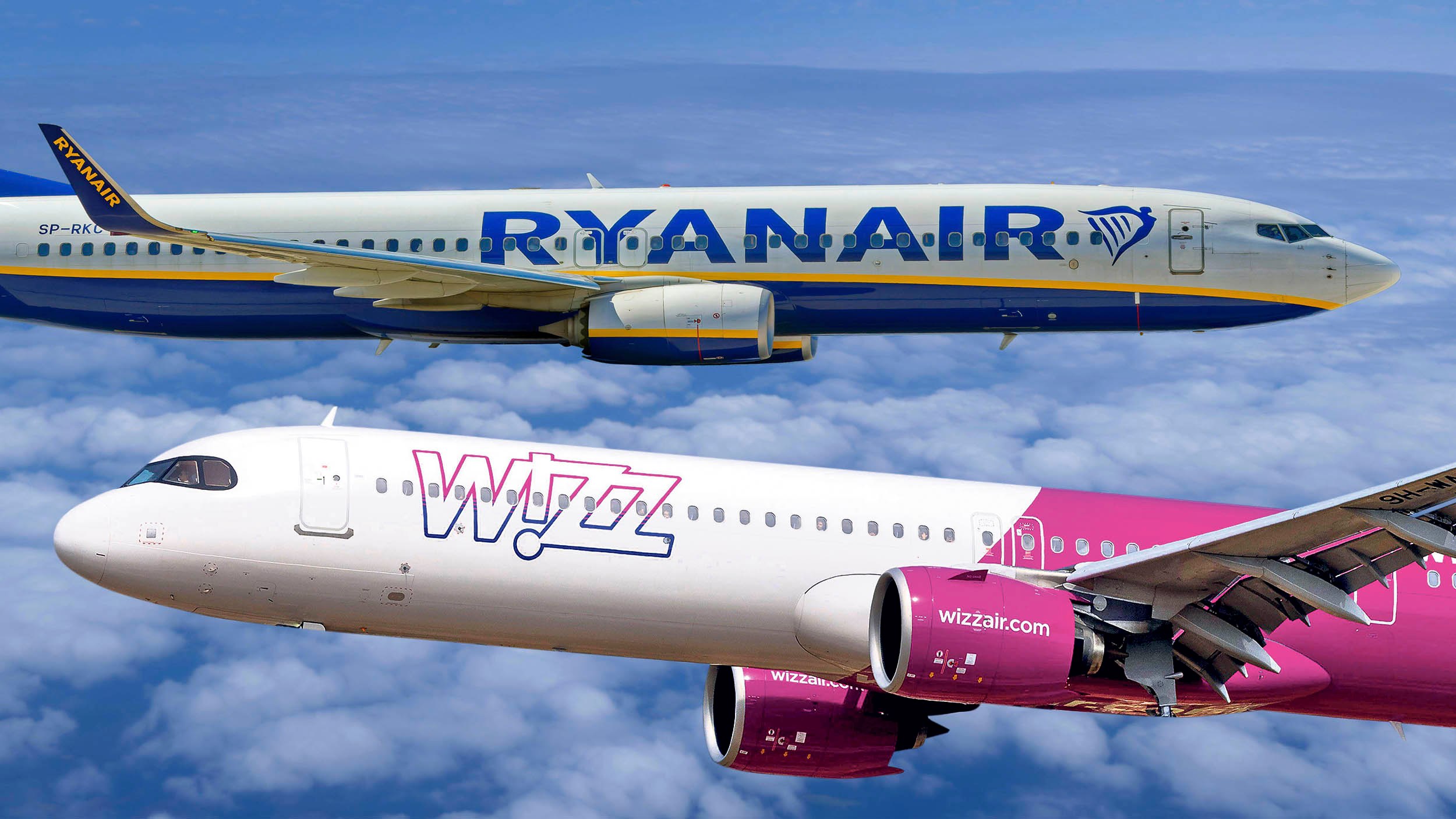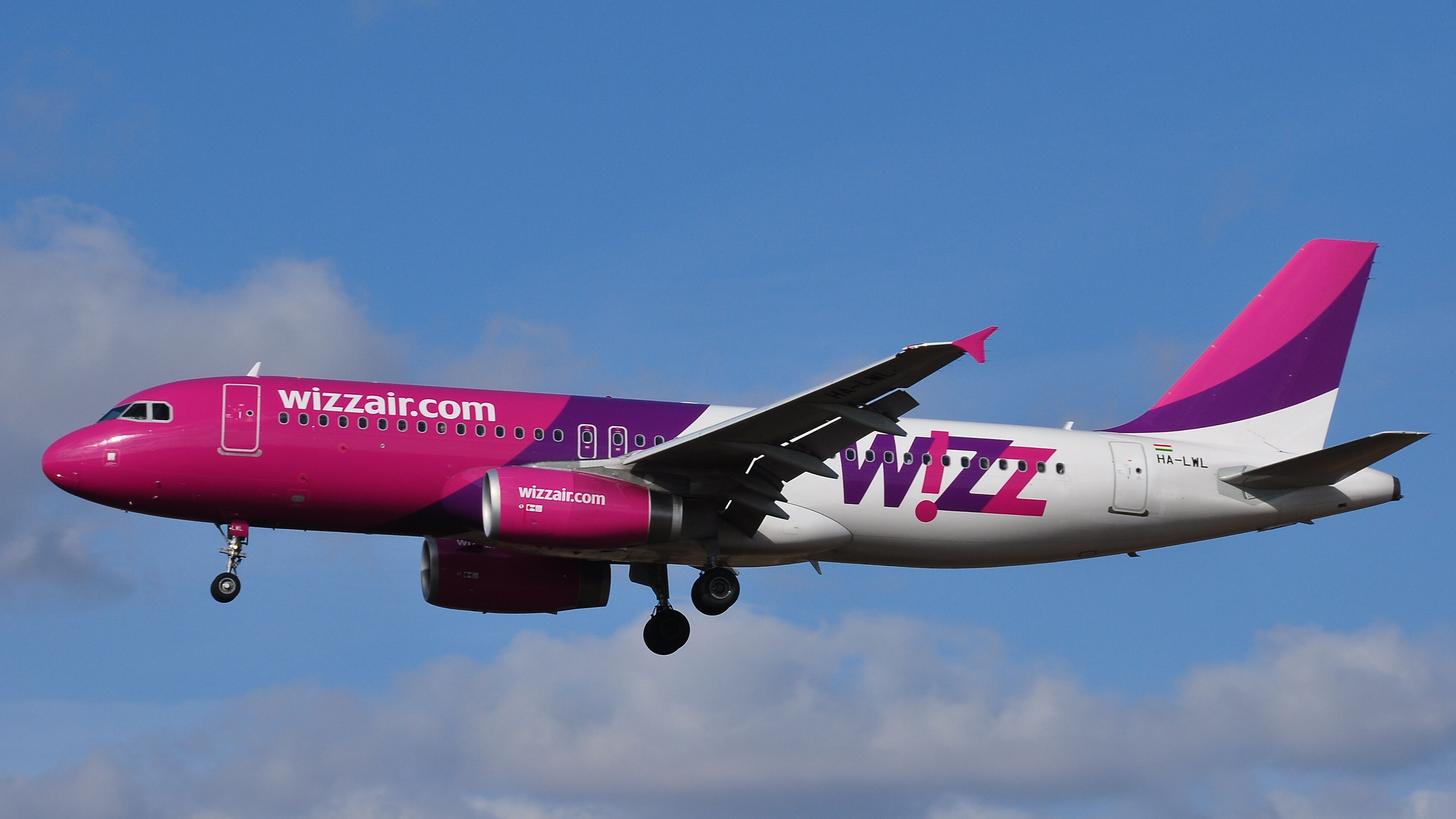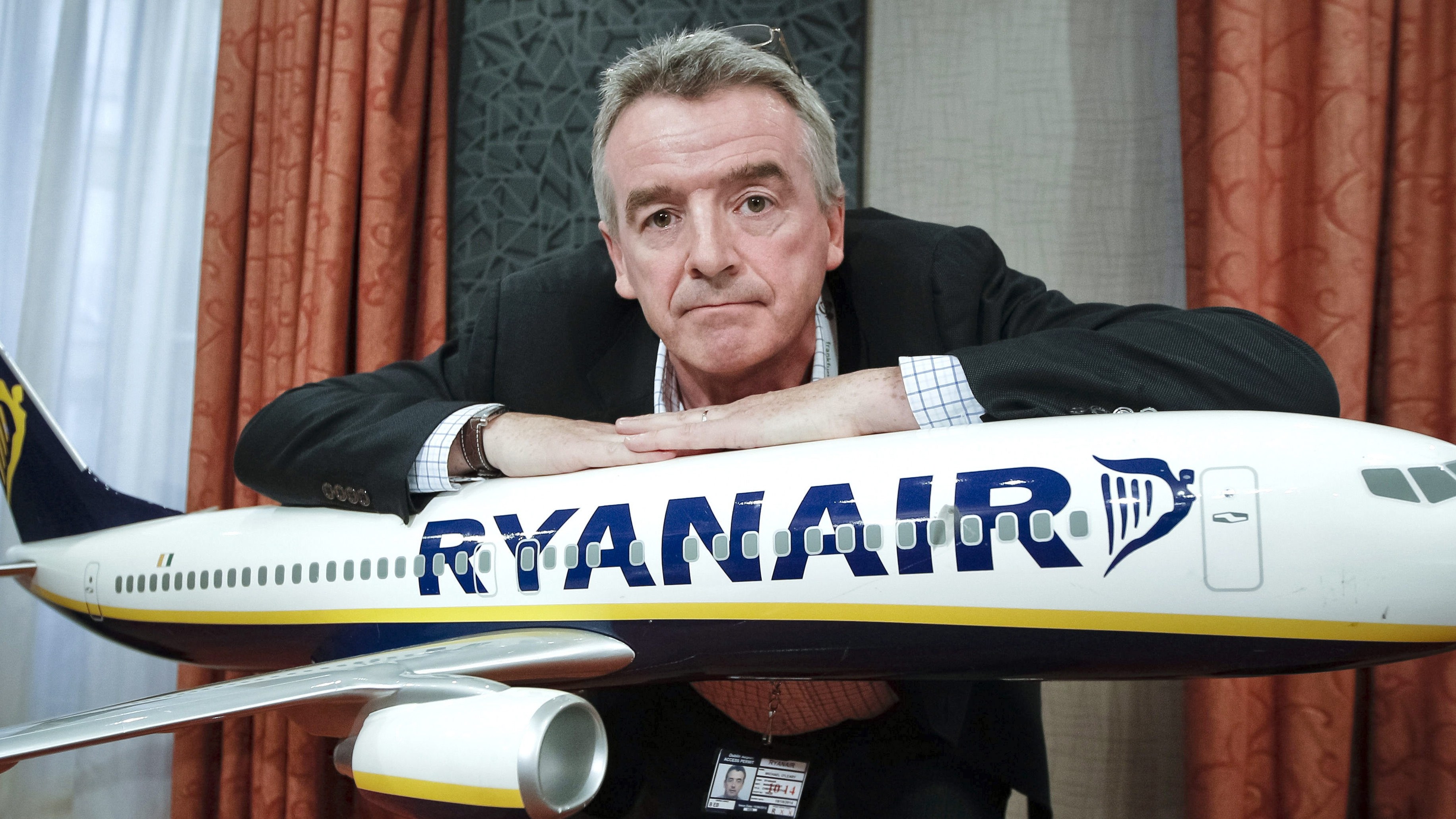They’re the least popular short-haul economy airlines in the UK, according to the consumer-rights group Which? — with both rated one star for customer service and seat comfort and considered to offer worse value than all other airlines, from Air France to Jet2.
At No 21 on the Which? list is Ryanair, the pioneer of low-cost aviation that has redefined the experience of flying. One place below, and rock bottom, is Wizz Air, the Hungarian carrier that has achieved an even lower customer-satisfaction rating than last year to remain the most hated airline in Britain.
But while we complain about the carriers in the same way that we moan about the weather, we’re putting our bums on their narrow seats in greater numbers than ever. Last week Wizz Air said that its passenger numbers for March were up 12 per cent compared with the figure for the same month last year, hitting 4.78 million, driven in large part by its resumption of flights to Israel.
At the same time Ryanair announced that it carried 13.6 million passengers in March, a million more year on year.
With a fleet of 574 aircraft (and another 374 on order), slots at more than 250 airports and about 3,600 flights a day, Ryanair has grown over four decades to become Europe’s largest airline, and in terms of market capitalisation the biggest in the world. Last year its workhorse Boeing 737s carried 182 million passengers, 59 million more than the Lufthansa Group, which was second in terms of passenger numbers. International Airlines Group — comprising British Airways, Iberia, Vueling, Aer Lingus, Level (which has a hub in Barcelona) and a couple of cargo carriers — could muster only 115 million passengers last year, while easyJet had 83 million and Wizz 60 million.
Advertisement
So how did a publicity-hungry disrupter that first flew from Waterford to Gatwick in 1985, with a second-hand turboprop aircraft and 15 passengers, grow to become the master of the air? Quite simply, it’s the fares.

Tickets for that first flight were £99 return, less than half the price charged by British Airways and Aer Lingus. Ryanair no longer flies from Waterford because the runway is too short for its aircraft, but a return flight to Gatwick from Cork — the nearest alternative — starts at £31.
Did Ryanair know that it would change the air travel paradigm, or was it just looking for a share of the market? Either way, it attacked the airline business like a guerrilla army, occupying the airports with the cheapest slots and targeting the minds — if not the hearts — of the travel hungry and cash poor. “Ryanair had a complete obsession with cost and production, maximising the hours its aircraft spent in the air and thus the daily number of seats they could sell,” John Grant, of the aviation analysts OAG, says. “When you get those two right you can price to create your own market.”
A decade after that first flight Ryanair had ten second-hand 737s flying four European routes — secondary airports in Stockholm, Oslo, Paris and Brussels that the experts said the public would never buy. Learning from Dallas-based Southwest Airlines, it had already binned business class and the food service and put a price tag on everything that had once been included in ticket prices. In 2000 they paid 17-year-old John Beckett and his schoolmate Tom Lenihan £20,000 to build one of the world’s first booking websites, allowing it to offload the travel agents that at the time every other airline needed to sell tickets, thus saving the commission.
By 2010 the fleet had grown to 272 aircraft. Ryanair had rewritten the book on airline operations, stripping every shred of luxury from flights. In doing so it transformed not only the aviation industry, but also the business of travel.
Advertisement
Politicians across Europe courted the Ryanair chief executive Michael O’Leary, urging the empire builder to bestow a flight upon them and turn their home town into a city-break destination. Cheap flights encouraged investment in hotels, restaurants and attractions, created employment and boosted the promotion of arts and culture, fostering the development of tourism economies in destinations overflown by the A-list-focused legacy carriers.
A 2018 report by the Centre for European Policy Studies noted that Ryanair, and other low-cost carriers (LCCs) created in its form, “enhanced the accessibility of not only major cities, but also secondary destinations less travelled by tourists. For example, new routes offered by LCCs in the eastern European regions triggered more and more tourist travel to capitals such as Budapest, Prague, Krakow, Riga as well as other relatively smaller cities.”

Wizz, launched in 2004, was one of those Ryanair imitators. Founded by Jozsef Varadi, former chief executive of the Hungarian state airline Malev, it displays the same relentless obsession with cutting costs and services. Its route map is all but identical to that of Ryanair, its turnaround times equally tight (an aircraft on the ground isn’t earning) and its ticket prices just as unbelievable — Gatwick to Faro for £12.99, for example. Like Ryanair, its use of the same aircraft type — the Airbus A320 — reduces training costs and makes it cheaper to replace one.
Unlike Ryanair, though, Wizz isn’t content to fly exclusively short-haul. It can take you from Gatwick to Hurghada in Egypt or as far as Astana in Kazakhstan, Tashkent in Uzbekistan or the Maldives from its Abu Dhabi hub. There will also be an option to fly from Rome to India when its overdue A321XLRs are delivered.
Varadi predicts that by 2030 a quarter of Wizz Air’s business will come from destinations east of Abu Dhabi — and he says that fares will always be cheap. “People don’t want to be ripped off,” Varadi says. “We are producing capacity at costs lower than our competitors, and as a result we are able to apply very low fares to the market.”
Advertisement
As for those ancillary costs — add a 10kg cabin bag and a reserved seat to that £12.99 Faro flight and the price climbs to a still-not-unreasonable £38.99 — Varadi says: “There is no more democratic way of charging the customers because ancillaries unbundle the product and the passenger only pays for what they consume.”
So let’s take two jets: a blue Boeing and a pink Airbus. The seats are equally uncomfortable, the carry-on policy similarly draconian and the legroom a negligible inch greater with the Boeing. Both are taking off to the same destination at the same time, albeit, in some cases, from different airports in the London area. But which is cheapest?
I looked at the cost of high-season flights with Ryanair and Wizz to Malaga, Palma, Athens, Lisbon and Rome, departing on August 2 and returning on August 9, choosing a fare that included a 10kg carry-on and a reserved seat. In four out of five cases, Ryanair was the cheapest, by an average of £44.88, and in the case of the Palma flight it was £95 cheaper than the Wizz fare.

Assuming that the cost of travel to different airports makes no real difference, all that matters — as O’Leary and Varadi agree — is the price of the ticket. And on that basis, the blue corner wins.
That said, Ryanair isn’t always the cheapest. A like-for-like Athens return was £275 with Jet2 — £135 cheaper than Ryanair — and the low-cost champ was also beaten on price to Lisbon and Rome by British Airways. Always use a flight-comparison site such as Skyscanner before booking.
Advertisement
• 26 of the best affordable holiday destinations for 2024
And as for the popularity contest, Ryanair is aware how bad press sells more seats, encouraging its wisecracking social-media teams to treat customer complaints with the disdain of an empire that knows — no matter how much we moan about them — we’ll still fill their flights.
“Ryanair is my No 1 enemy,” one furious passenger tweeted. “Always No 1,” the airline replied. And when the honeymooner Mark Bowe posted a picture of his bride sitting, disappointedly, in Ryanair’s infamous 11A seat — the window seat without a window — it replied: “She’s regretting marrying someone who can’t read the fine print.”
Who do you prefer, Ryanair or Wizz Air? Let us know in the comments below
Sign up for our Times Travel newsletter and follow us on Instagram and X



